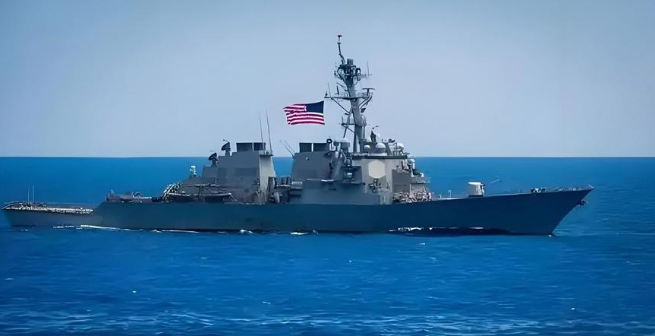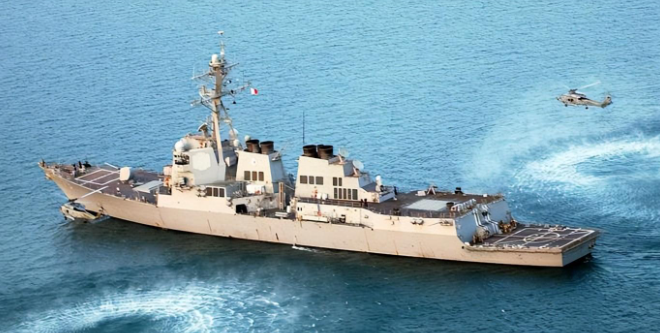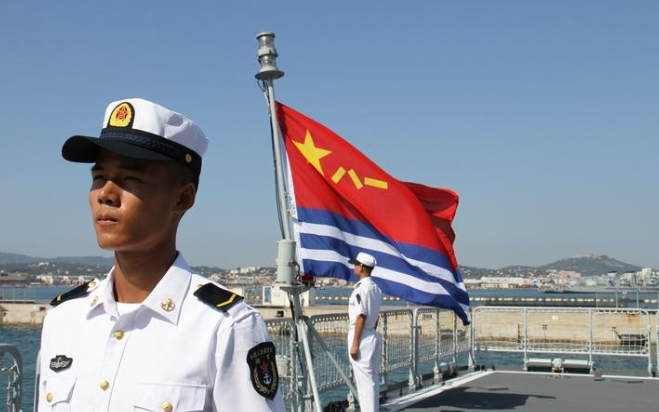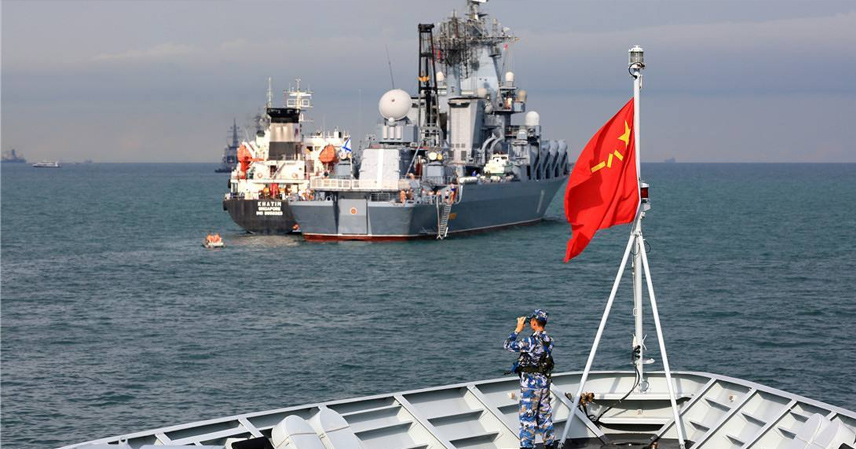In September 2025, the South China Sea once again became the center of great-power rivalry. On September 12, China’s third aircraft carrier, the Fujian, sailed from the Yangtze River estuary, crossed the Taiwan Strait, and headed south with a powerful escort fleet. Almost simultaneously, U.S. and U.K. warships transited the Taiwan Strait in a show of presence, while the Philippines stepped up efforts to organize “joint patrols” with external powers.
What appears to be a series of exercises is, in fact, a high-stakes strategic contest.
Fujian’s Southward Voyage: More Than a Sea Trial
The Fujian’s latest deployment marks its ninth sea trial, but this time the mission is not just technical testing—it is a cross-regional combat exercise. The carrier sailed with the destroyers Hangzhou and Jinan, forming an elite escort group.
- Japan scrambled patrol aircraft to shadow the Fujian, releasing high-resolution photos of the carrier’s movements. Analysts noted the empty flight deck, indicating that carrier-based aircraft have yet to be stationed onboard—but also proving that the hull, propulsion, and electromagnetic catapult systems are already combat-ready.
- U.S. and U.K. warships—the USS Higgins (guided-missile destroyer) and HMS Richmond (frigate)—deliberately timed their transit through the Taiwan Strait to coincide with Fujian’s deployment.
- China’s Eastern Theater Command responded with tracking and countermeasures, calling the foreign presence a “provocation” and warning against interference.
This follows earlier transits by Canadian and Australian vessels, showing a pattern of coordinated pressure from Western allies.

South China Sea: From Exercises to Confrontation
The Philippines has become the frontline proxy of U.S. strategy in the region:
- In April, Manila hosted the largest-ever “Balikatan” (Shoulder-to-Shoulder) drills, with U.S. forces staging landings and live-fire operations from Luzon to Palawan.
- In August, the “Wave-2025” exercise brought in Australia, Canada, and others, focusing on amphibious assaults and missile strikes—clearly aimed at flashpoints like Second Thomas Shoal and Scarborough Shoal.
- Australia deployed its Canberra-class assault ship, Canada provided air support, and the Philippines tested new frigates.
Chinese analysts note that these drills simulate blockades and island seizures, raising the stakes for regional stability.
China’s Counter: “Iron Wall” Defense and Clear Warnings
The Southern Theater Command responded with a full-spectrum deployment:
- Type 055 destroyers, nuclear submarines, and supply ships now patrol central South China Sea waters.
- DF-series missiles and Rocket Force units are on standby, ensuring long-range strike readiness.
- On September 12, spokesperson Senior Colonel Tian Junli declared that Manila’s attempts to pull in outside powers were “futile”, underscoring China’s determination to resist external interference.
The message is clear: any attempt to encircle China with joint patrols will be met with comprehensive countermeasures.

Why the Fujian Matters
The Fujian is not just another warship—it represents a leap in naval warfare capability:
- Electromagnetic catapults allow fighters to launch fully armed, doubling their combat range.
- When paired with the Shandong and Liaoning, China will achieve a three-carrier rotation, enabling continuous presence in both near-seas and blue-water operations.
- Compared with Japan’s modified Izumo or America’s aging steam-catapult carriers, the Fujian’s system puts China in the cutting edge of carrier technology.
Its voyage through the Taiwan Strait to the Sanya naval base was not just a test run but a strategic signaling maneuver—a demonstration of China’s ability to project power across key maritime choke points.
The Bigger Picture: Shifting Balance of Power
- Western maneuvers, though large in numbers, remain symbolic. U.S. and U.K. frigates cannot match the Fujian’s tonnage, firepower, or advanced systems.
- The Philippines, despite loud rhetoric, lacks depth and relies heavily on external backing.
- China, by contrast, has transitioned from “island patrols” to full fleet presence, moving from passive defense to active strategic shaping.
The South China Sea is no longer just about reef disputes—it is about control of sea lanes, strategic chokepoints, and long-term influence in the Indo-Pacific.

Conclusion
The Fujian’s southward voyage is a landmark move: part of its final testing, part of China’s new strategic layout. With the “Iron Wall” defense system in place and a clear warning issued, Beijing has shown it will not be sidelined in its own maritime backyard.
Western allies may continue “joint patrols,” but the initiative lies firmly with China. The balance of power in the South China Sea is shifting, and the Fujian is the symbol and spearhead of this transformation.



